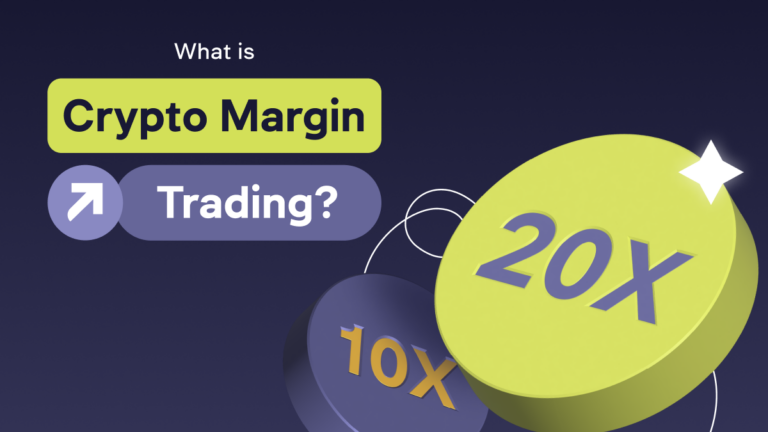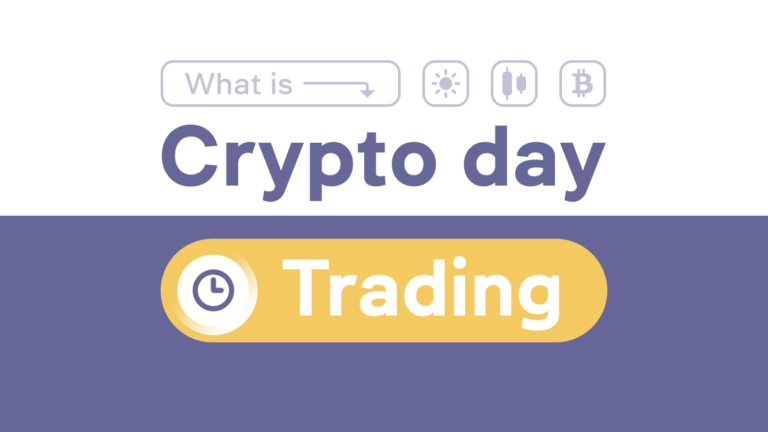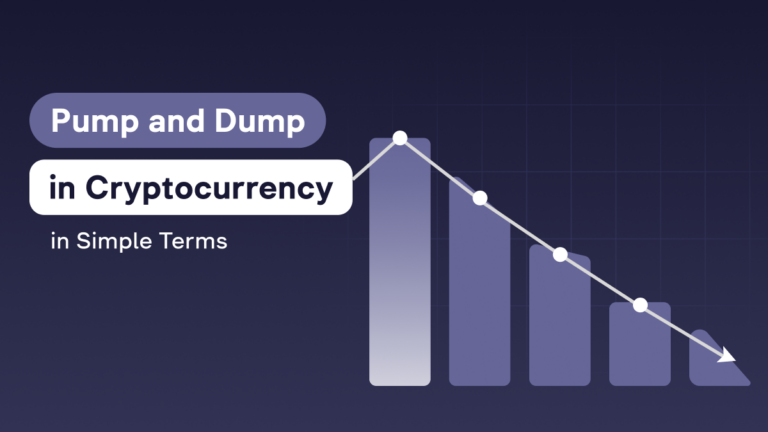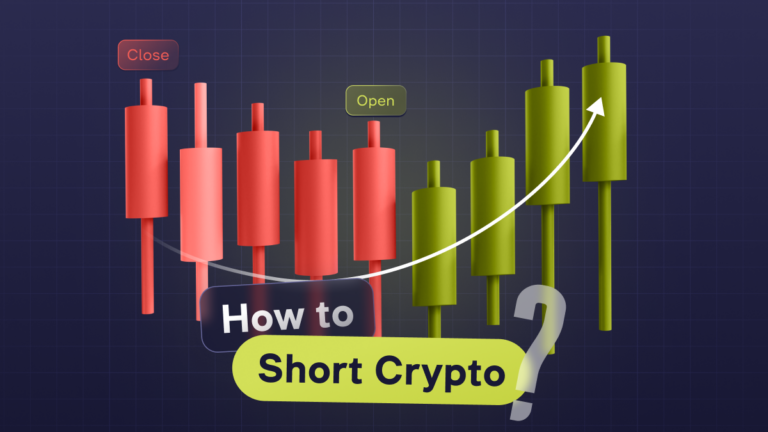What Is Arbitrage Trading in Crypto?
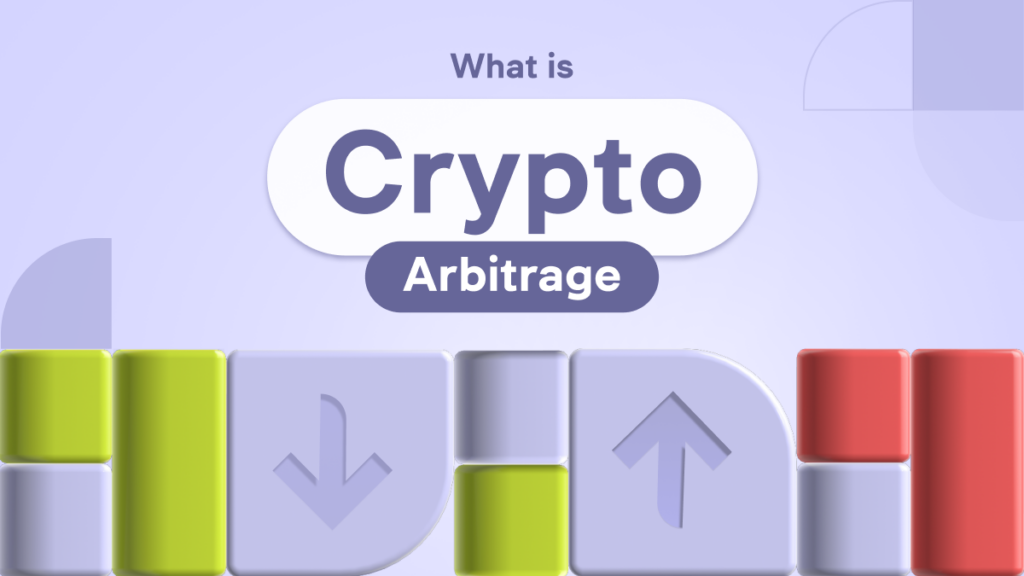
Content
With the ever-changing prices in the cryptocurrency markets, arbitrage is becoming a real boon for skillful traders. But what is cryptocurrency arbitrage, and how can you profit from it? In this article, we will look at how cryptocurrency arbitrage works and what types of arbitrage exist, as well as analyze its pros and cons.
What Is Crypto Arbitrage?
Crypto arbitrage trading — it is a trading strategy, which consists in simultaneous buying and selling of cryptocurrency on different crypto exchanges in order to profit from the difference in its prices. Arbitrage crypto is based on the principle of inefficient markets, where a token or coin may trade cheaper on one exchange and more expensive on another. Using this difference, traders can quickly buy an asset on one market and sell it on another, capitalizing on the price difference.
Cryptocurrency arbitrage is particularly attractive due to high volatility and rapid price changes. Different cryptocurrency exchanges can have significant price discrepancies for the same crypto assets due to differences in trading volumes, liquidity, and other factors. Bitcoin arbitrage traders closely monitor these discrepancies and use automated crypto arbitrage trading systems to execute trades quickly.
How Does Crypto Arbitrage Trading Work?
The mechanics of crypto arbitrage are based on the quick and accurate execution of transactions to buy cryptocurrency at a lower price on one exchange and sell it at a higher price on another. Let’s take a look at the step-by-step process of executing an arbitrage transaction:
- Market Monitoring: A trader starts by monitoring cryptocurrency prices on various exchanges. Crypto prices can vary due to different levels of liquidity, trading volume, and other factors. Using specialized monitoring software or platforms, the trader finds arbitrage bundles.
- Opportunity Identification: When a trader finds a difference in cryptocurrency prices large enough to make a profit, he or she is primed to execute an arbitrage trade. This requires considering transaction fees and time to transfer funds between exchanges.
- Buying cryptocurrency: The trader buys a cryptocurrency on an exchange where it trades at a lower price. The market’s liquidity must be considered to purchase the required amount of cryptocurrency without significantly affecting the price.
- Funds Transfer: The purchased cryptocurrency is transferred to another exchange, where it is traded at a higher price. At this stage, the speed of the transaction is important, as delays can lead to price changes and a decrease or complete disappearance of the arbitrage opportunity.
- Selling the cryptocurrency: After transferring the cryptocurrency to another exchange, the trader sells it at a higher price. The proceeds can be used to re-execute arbitrage trades or withdraw profits.
Cryptocurrency prices on different crypto exchanges can vary due to differences in liquidity, trading volume, supply and demand, and the characteristics of specific exchanges. Centralized and decentralized exchanges (CEX and DEX) may have their unique factors that affect pricing, such as speed of order execution, commissions, and market-based pricing mechanisms. Let’s get into the details.
Price Formation on Centralized Crypto Exchanges
The pricing of assets on the CEX depends on the last executed buy or sell order in the exchange’s order book. In other words, the last price at which a trader buys or sells a digital asset on an exchange is the real real-time price of that asset. For example, if the last executed order to buy bitcoin is $69,000, that price becomes the actual bitcoin price on the platform. The next executed order will also determine the next price of the digital asset. Thus, setting the price on exchanges is constant and depends on the last transaction with the digital asset. It is worth noting that the price also changes due to the different level of demand for the asset among investors on each exchange.
Price Formation on Decentralized Crypto Exchanges
DEXs use a pricing method known as an “automated market maker” (AMM), a software algorithm that manages the liquidity and pricing of cryptocurrencies on decentralized exchanges based on smart contracts. With DeFi technology, liquidity pools can be created where a separate pool is created for each trading pair instead of using an order book. For example, to exchange Ethereum for WhiteBIT Coin, you need to find an ETH/WBT pool. Liquidity pools are funded by voluntary contributors who contribute their cryptocurrency and receive a share of transaction fees. This allows traders to trade at any time without waiting for a counterparty. The prices of the assets in the pool are maintained using a mathematical formula that keeps the assets in balance. When a trader adds WBT tokens and removes ETH, the ratio changes and the protocol automatically adjusts prices, encouraging alignment with the market. Large trades can temporarily create significant discrepancies in the prices of assets in the pool compared to market prices.
A crypto wallet will be needed to use DEX, as unlike centralized exchanges, users are responsible for the safety of their funds.
Types of Cryptocurrency Arbitrage
- Simple arbitrage: Buying cryptocurrency on one exchange and selling it on another exchange where the price is higher.
- Triangular cryptocurrency arbitrage: Includes three trading pairs on one exchange. For example, BTC for ETH exchange, then ETH for LTC, and finally LTC back to BTC, in order to capitalize on the exchange rate difference.
- Inter-exchange cryptocurrency arbitrage: Buying a cryptocurrency on one exchange and selling it on another exchange where the price is higher, given the time it takes to transfer funds.
- Intra-exchange arbitrage: Using the price difference between different trading pairs on the same exchange. For example, Bitcoin (BTC) and Ethereum (ETH) in pairs of BTC/USDT and ETH/USDT.
- Statistical Arbitrage: Using complex mathematical models and statistical analysis to identify arbitrage opportunities on cryptocurrency exchanges.
- Spot Arbitrage: Trading on the spot market, where assets are bought and sold here and now, without using derivatives.
- Derivatives arbitrage: The use of futures, options and other derivatives to capitalize on price differences between derivatives and underlying assets.
Advantages of Crypto Arbitrage Trading
Arbitrage trading crypto is a strategy in which traders capitalize on differences in the price of the same asset on different exchanges. Crypto arbitrage opportunities are risk minimization, as traders are effectively unaffected by the directional movement of the market. Instead, they focus on price imbalances, which allows them to profit with relatively low volatility and in a short period. Fast execution of trades and automation of processes with the help of crypto arbitrage bot allow them to respond effectively to changing market conditions, increasing the chances of success. Thus, arbitrage offers stable income and reduced risks compared to traditional cryptocurrency trading methods.
Challenges And Risks Involved in Crypto Arbitrage
Cryptocurrency arbitrage has several disadvantages that can hinder its efficiency and profitability. High transaction and network fees and limited liquidity in some markets can significantly reduce the profitability of arbitrage transactions. Abrupt price changes in the market pose a risk of loss if a trade cannot be executed at the intended price, and delays in transactions or withdrawals between exchanges can make it difficult to execute trades. In addition, successful arbitrage crypto trading requires a quick response to changes in market conditions, which can be difficult for traders without automated systems. Security risks associated with the transfer of cryptocurrencies and the use of third-party software solutions, as well as regulatory restrictions and legal risks, may also pose obstacles to the successful execution of arbitrage transactions.
How to Start Crypto Exchange Arbitrage?
To get started in crypto arbitrage, you should familiarize yourself with the basics of crypto trading, trading strategies, and basic concepts of arbitrage and technical analysis. Next, choose several exchanges for trading and determine your initial capital. High cryptocurrency liquidity will ensure fast and efficient trades. Then use specialized platforms and software to monitor prices on various exchanges and spot arbitrage opportunities.
Before you start trading with real funds, it is recommended that you know how to buy cryptocurrency and practice on a demo account beforehand to familiarize yourself with the process and test your strategies without the risk of losing money.
Bottom Line
Despite the challenges and complexities of Bitcoin arbitrage trading, it is an exciting opportunity for financial growth and professional development. As with any business, it is important to weigh the pros and cons. A theoretical foundation and practice are the key to success. Intro-exchange arbitrage of cryptocurrencies and other arbitrage is an exciting opportunity for financial growth and professional development. The main thing is to be prepared for the unpredictability of the market and constantly improve your knowledge and skills. A theoretical base based on an understanding of arbitrage in crypto principles and practical experience are the key components of success if you want to become the arbitrage trader. It is also important to assess the risks and benefits of each transaction, as well as to build your strategies based on technical and fundamental analysis of the market and trends. Thus, cryptocurrency arbitrage opens new opportunities for traders to earn money and broad prospects for professional and personal growth.
FAQ
Crypto arbitrage trading strategy is legal, but you should consider different countries' regulatory aspects and cryptocurrency laws
It is considered a low-risk crypto arbitrage strategy because of the ability to capitalize on price differences between different exchanges without needing long-term asset retention.
It is important to learn the basics of cryptocurrency trading and choose the most liquid and reliable platforms. The optimal solution is to choose easy-to-use and safe exchanges where you can conduct transactions without unnecessary complications and risks.



